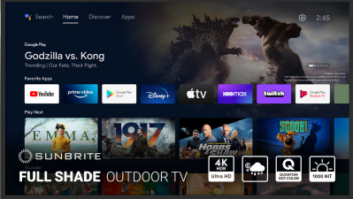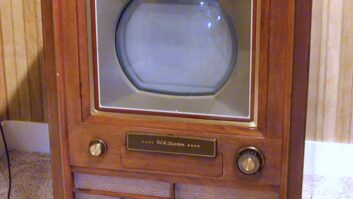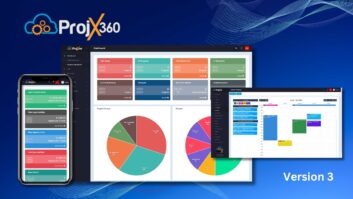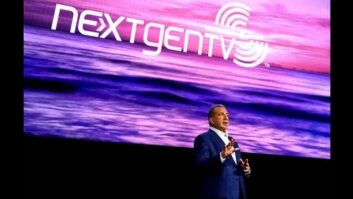Automakers have talked about combining Android Auto and Apple CarPlay in the same dash, but Ford will go a step farther by giving consumers the option to add both technologies to the company’s Sync 3 in-dash infotainment systems.
“We don’t want to make the phone a reason for not buying your car,” a spokesman told me during a social-media event in New York City as we sat inside a new orange Mustang for a Sync 3 demo.
Ford’s Sync 3 system, which has its own touchscreen user interface and connects to Android and Apple phones, will launch this summer in several 2016 model-year Fords still to be named. Sync 3 will migrate to all Fords by the end of calendar-year 2016.
Sync systems are upgradeable via USB, so at some point, though not during the initial Sync release, Ford will offer Android Auto and CarPlay as a USB update – even though, the spokesman said, the technologies only offer “all you’d get from Sync.”
Ford is hoping its latest generation Sync will keep drivers glued to the Sync UI, having upgraded the UI from a second-generation version so that drivers who get into the car for the first time can use Sync without undergoing a learning process. To achieve that, Ford shifted to BlackBerry’s QNX OS from a Microsoft OS.
The touchscreen display in the third-gen system is less cluttered: the touch controls are bigger and Sync systems with navigation let users enter an address and city in one line versus entering a city on one line, then a street name on another line, then a street number — as many aftermarket PNDs require. Type in 1 Main Street, and the display shows all the possible 1 Main Street addresses in the area.
The touchscreen also advances to capacitive from resistive, allowing for the familiar pinch-to-zoom and swiping capabilities of tablets and smartphones – and many aftermarket head units. “Fuzzy” search for points of interest (POI) on navigation-equipped systems let users say, for instance “P.F. Chang’s” instead of “P.F. Chang’s China Bistro.”
Sync’s capabilities offer multiple advantages over many aftermarket heads. For example, an iPhone, an Android phone or a USB stick can be plugged into the system’s USB port to select phone- and stick- stored music via song title, artist, album or genre.
Nuance-powered voice control lets users select music and climate-control settings, control a navigation system, search for POIs and dial by name and digits. Voice control extends to more than 40 AppLink-enabled apps built into the system to access music-streaming services, AccuWeather and other services.
Via Sync, Apple and Android owners can issue voice commands.
To benefit from almost all Sync features, Android users don’t even have to connect via USB cable. Via Bluetooth, users get all the Sync functions that they would get with a USB connection except for the ability to search for phone-stored music –though you can still play music via Bluetooth. (Doesn’t look like they’re using Bluetooth AVRCP 1.5, which would enable head-unit selection of phone-stored music by song title, artist, album and genre. The Ford spokesman didn’t believe any automakers offer AVRCP 1.5, though Pioneer offers it in select aftermarket head units.)
To differentiate Sync 3 from the buggy second-gen systems called “MyFord Touch powered by Sync,” Ford is dropping the MyFord Touch nomenclature altogether.
If Ford has indeed ironed out all of the UI bugs, and Sync 3 lives up to its promise, it has an inside shot at attracting high numbers of Gen Y and Gen Z (current 12- to 20-year-olds) to its brand.












